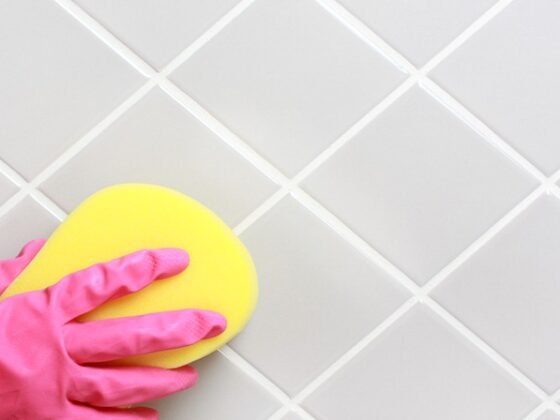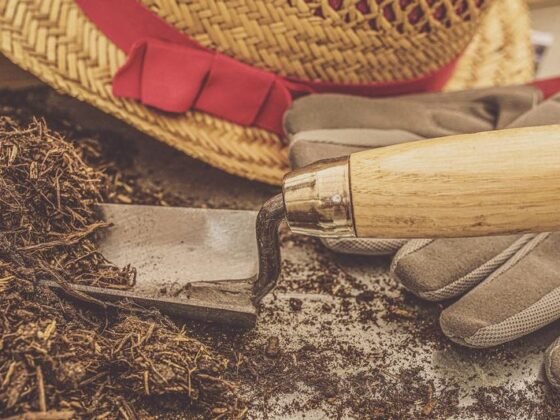Table of Contents Show
A water jet cutter is an extremely powerful, impressive device. It’s something that can blow your business production opportunities wide open. Highly specific, sophisticated designs are at your fingertips with a little know-how and application.

We’re going to talk a little bit about using your water cutter in order to get the best results. It’s a machine that makes a lot of production easier, but it requires finesse and solid preparation to be used effectively.
So, take some notes and learn a little more about using your DIY water jet cutter.
Tips for Your DIY Water Jet Cutter
Water cutters operate by pushing water out of a cutting head at extremely high speeds. In some cases, the water is supplemented with materials that help it to cut through tougher surfaces like hard stones and metals.
Cutting with a water cutter is usually carried out on flat surfaces to create tools, designs, parts, and more. The depth of the material you’re cutting into determines whether or not you can cut more complex dimensions into the piece you’re making.
We recommend that you start out simple, figuring out your machine and using it for simple projects before you get to the big stuff.
Read Also:
Start Simple
Things that you can into basic shapes are ones that you should begin with. This will help you get the feel of the machine and understand any nuances it has.
Tiles are a great place to start. There are numerous benefits to cutting tile with a water cutter. The process allows you to fine-tune your tile and fit it into any location, no matter the shape.
There’s nothing worse than a tile that just doesn’t fit, or protrudes out of the area it’s supposed to sit in. Water cutting can help you streamline your home tiles, and you can look here for more information on that process.
Follow Manufacturer Guidelines
This seems like a no-brainer, but think of how many times in life we stray a little too far from the instructions. It’s great to do this in some areas, but water cutters are serious pieces of equipment.
Failure to prepare your piece or place it on an uneven cutting table could result in damaged materials, injury, or worse. Just because this stuff is water does not mean that it is safer than other cutting methods.
In the sense that fewer accidents are likely to occur with water cutters, they are the safer option. On the other hand, water cutters in use are just as dangerous as a drill, saw, or any other device used for cutting.
The point is, be careful! These machines provide a lot of opportunities for creativity, savings, and quicker work. What matters most, though, is that you enjoy those benefits with safety in mind.
Find Other DIY Practices
Using a DIY water jet cutter is one way to cut out the middlemen and get your projects done fast. When you do it right, it can open up your business’ value immensely.
Water cutters aren’t the only sophisticated tools you can use on your own, though. Explore our site for more ideas on tools and practices you can incorporate into your life.









